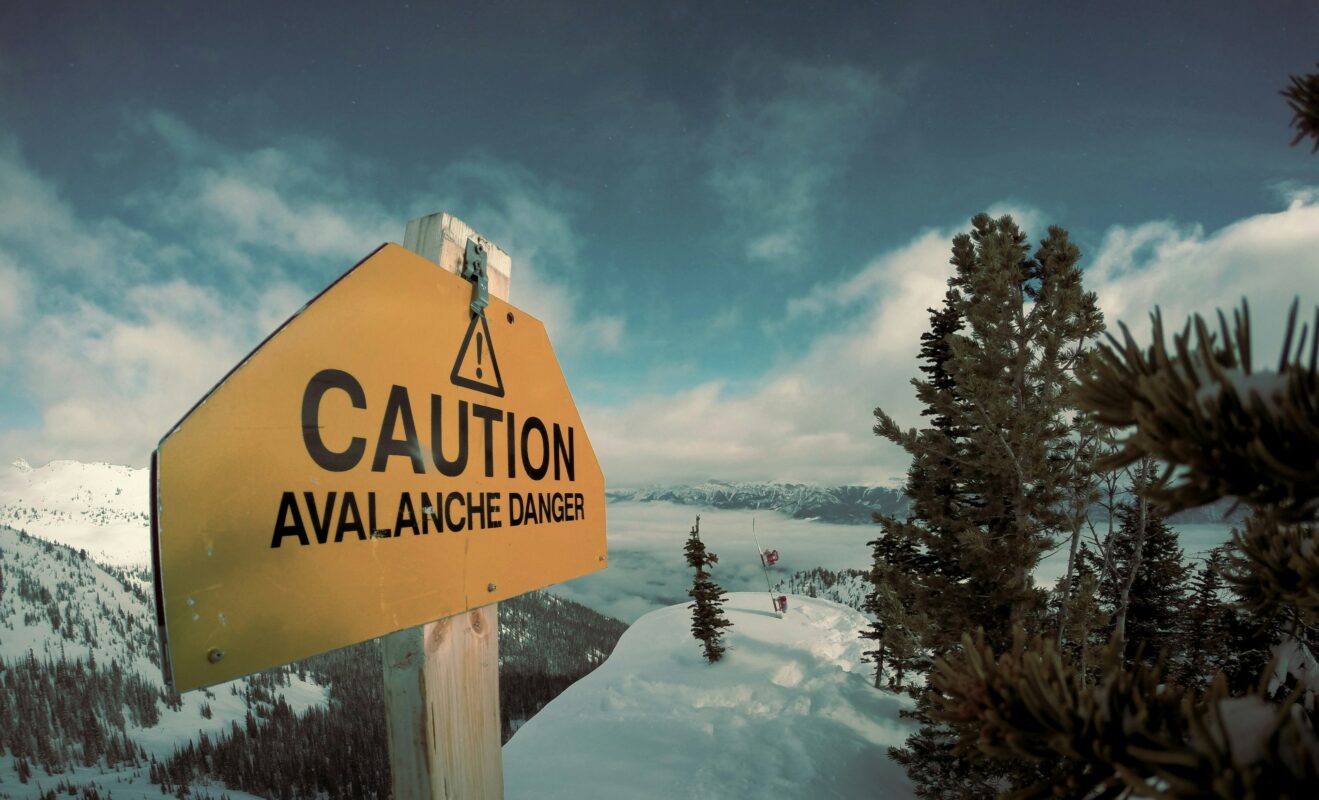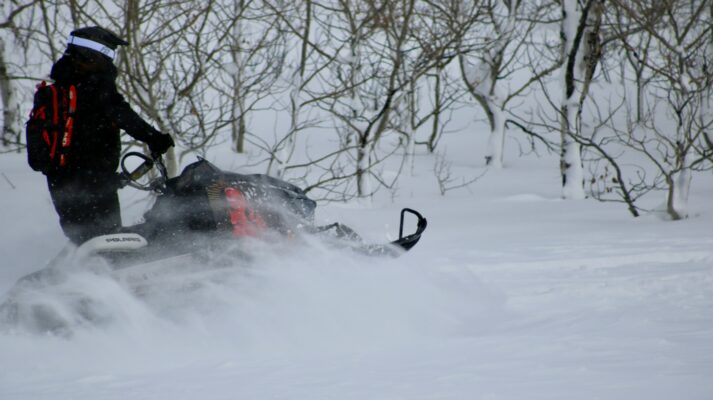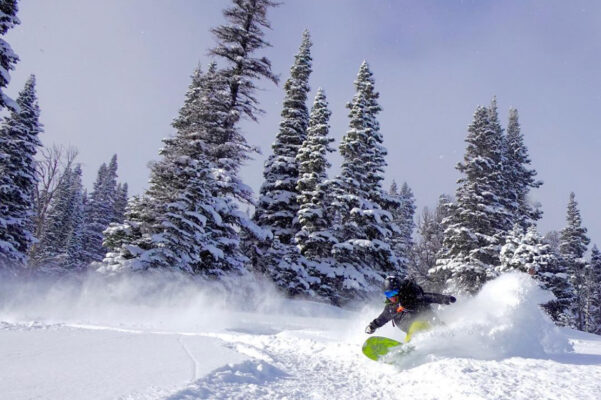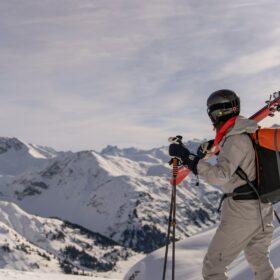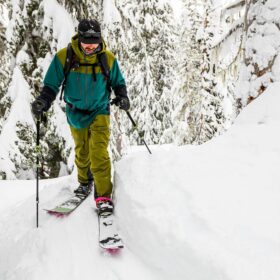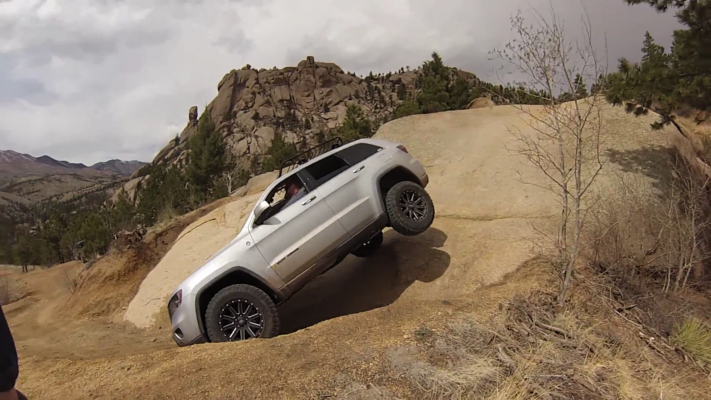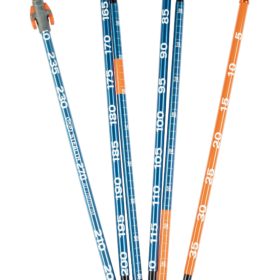If you’ve seen videos of avalanches, especially skiers, boarders, or sledders caught in avalanches, you know they are dangerous! Avalanche safety in Jackson Hole is definitely not to be taken lightly!
Backcountry:
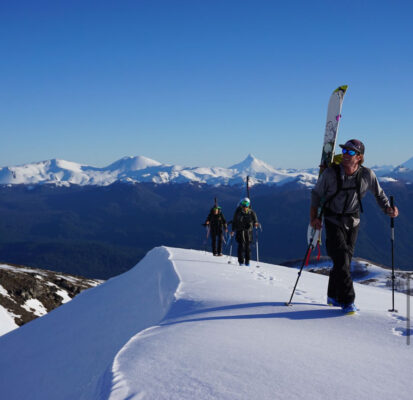
Prep:
Like any extreme or high stakes adventure, there are steps to take. These basic steps help you not only get the most out of your adventure but help ensure that you can go on the next one!
Basic Steps To Take:
The first step for avalanche safety in Jackson Hole is research! Research the area you’re going to. Research the weather, take a look at the recent temps, snowfall, etc over the last week or so. That would give you a good idea if new slabs can or are forming on weak layers and what conditions are like. Check the forecast. MountainWeather is probably the most accurate in Jackson Hole in our opinion. In addition, make sure to check avalanche reports/warnings and conditions leading up to your trip.
The Bridger-Teton Avalanche Center is a great resource for avalanche reports and recommendations.
Step Two:
The second step is to let people know your plans: Where you’re going, what you’re doing, and your timeframe for leaving and returning. It’s also a good idea to check in daily, or at least periodically, if it’s a longer trip.
This is good practice because if you skip a check in or don’t return when you were planning, people will know this is an abnormality in your schedule and can take appropriate steps. Better safe than sorry if you’re in the middle of nowhere in extreme cold.
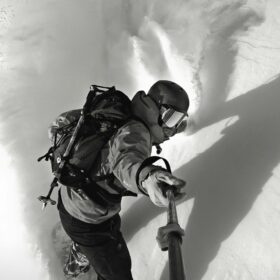
Step Three:
Third is to make sure you have the right gear for the job. We’ll go over must-have gear in the next section. What I mean is if you need to drive a nail, don’t grab a screwdriver. Here’s an example; will a resort snowboard handle dropping down a chute in the backcountry… maybe, but is it the right tool for the job? NOPE. Would a board designed and built for backcountry riding work (like a Jones splitboard)? YA DERN RIGHT!
In addition to having the right gear for the job, it needs to be in perfect working order! If it’s not, get it repaired before you go. When we go play in the snow, the last thing we want is a gear failure! That would suck! But more than just a sucky day, that AT ski or splitboard, the bindings, your boots…They’re tools, and your life can depend on it. Make sure it’s safe, damage free, bolts are tight, etc!
Step Four:
Fourth is to stick to the plan you shared, as best as possible! At least update the people you shared it with if there’s a major change. Any adventure has detours, or things that come up that disrupt the plan.
I’m an offroader during the summer. Many times I’ve planned a trip just to get to the trailhead and see that it’s closed, or get to an impassable washout, landslide, or obstacle on a backcountry trail and have sometimes drastically change plans. The point is, I always update someone so if I didn’t return and they were searching for me or something, they’d be in the right area!
(Yup, shameless photo plug)
Education:
Take an avalanche course! Knowledge is power, and people who are educated about terrain choice and navigation are able to avoid avalanche terrain altogether and have fun in the backcountry even if the hazard is high. We recommend hiring a guide or taking an avalanche course from The Mountain Guides.
Must-Have Gear:
Besides the skis and splitboards, there are four pieces of gear that are essential for avalanche safety! An avalanche airbag, a beacon, a shovel, and a probe. Having this combo of gear can mean the difference is surviving an avalanche and not.
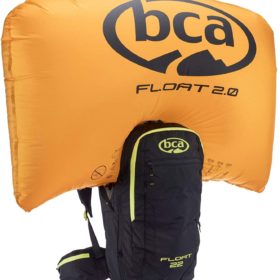
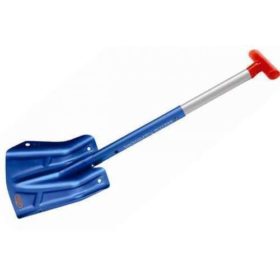
The name of the game is preparedness when it comes to avalanche safety in Jackson Hole. If you are caught in an avalanche, the airbag can help keep you on top of the slide. The beacon can help you be located. If another person is caught in an avalanche, your beacon can help locate theirs or get you close, the probe can help you locate the person, the shovel can dig them out! Pretty simple concept in theory, but practicing and formal education is a must for swift execution in case of an emergency.
Our Mammut and BCA Avalanche Airbag Packages can be life saving gear! We highly recommend renting an Avy Package if you’re touring the backcountry!
Resources:
Weather: MountainWeather.com
Avalanche Reports: BridgerTetonAvalancheCenter.org
Avalanche Safety Courses: TheMountainGuides.com/class-type/avalanche-education/
Be sure to follow our socials!
The first video below points out two studies done by the Federal Institute for Snow and Avalanche Research in Davos, Switzerland. In short, avalanche airbags save lives!
These two show real world saves by airbags! Pretty awesome!

